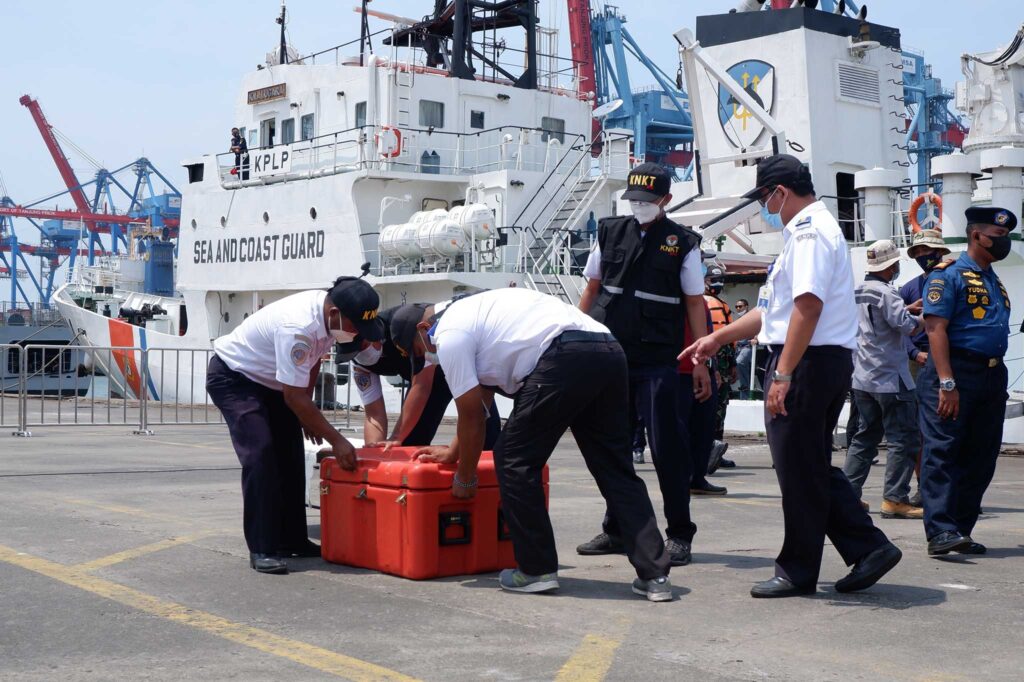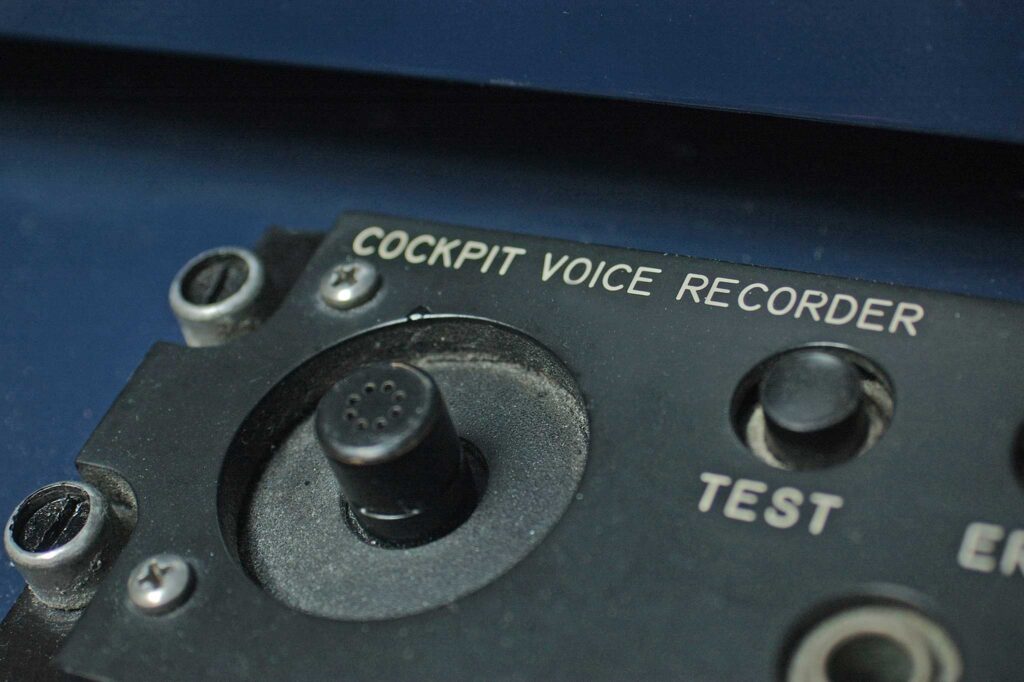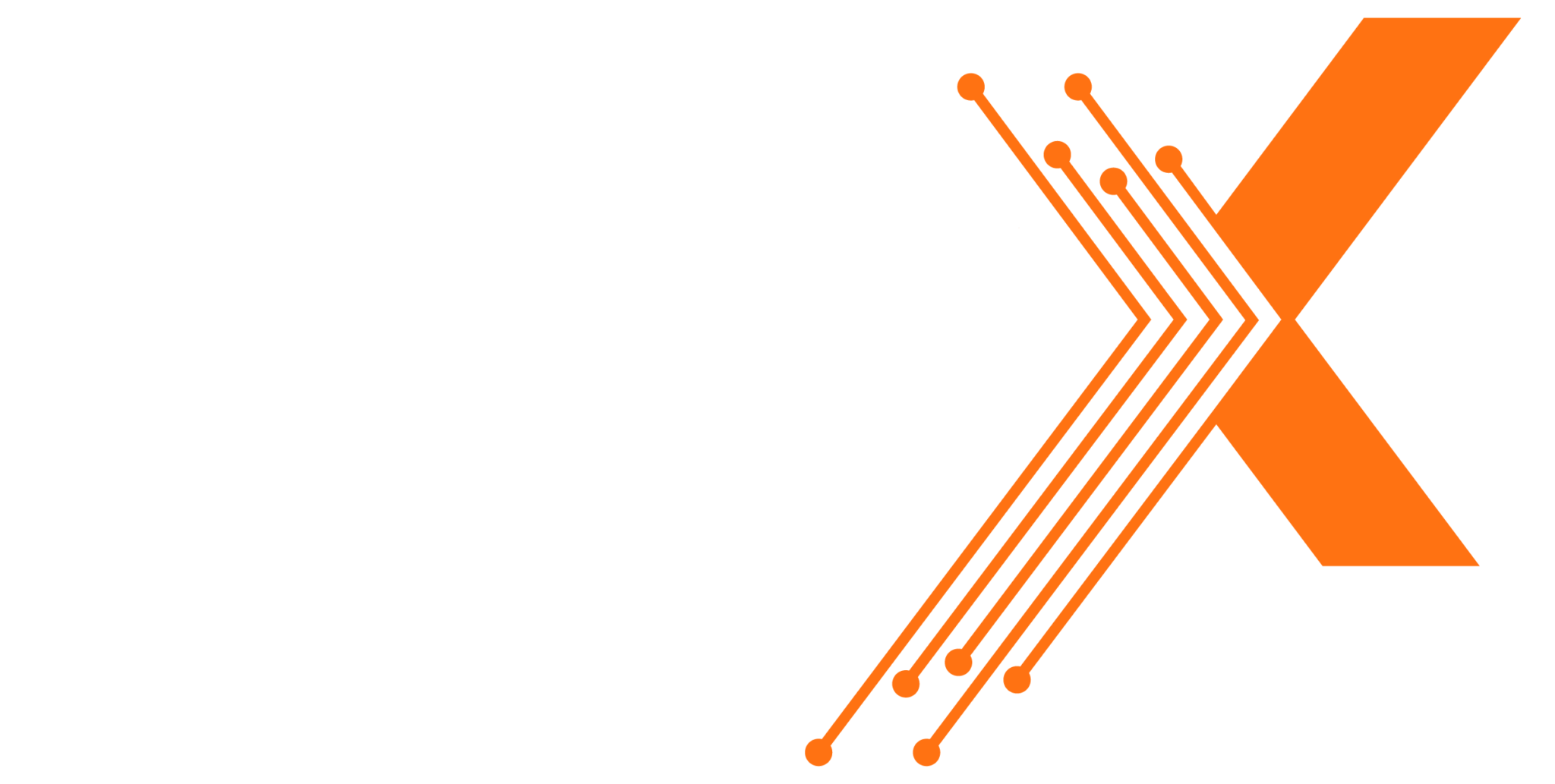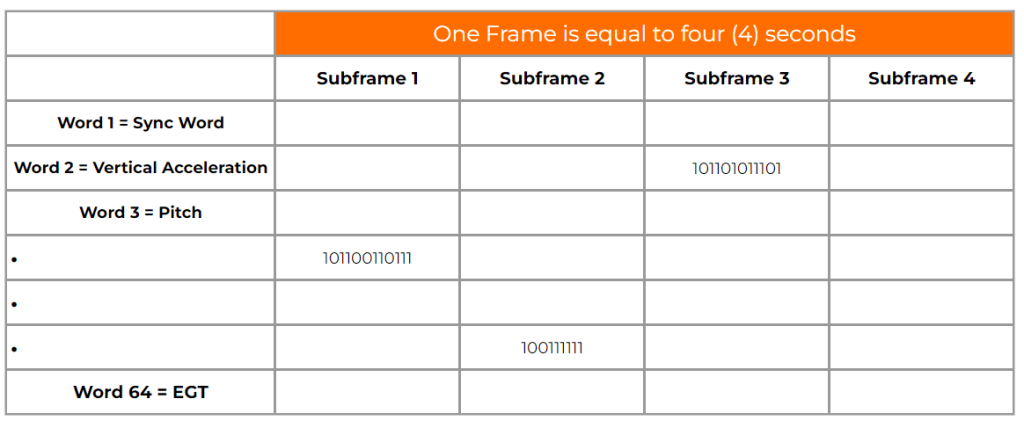Prepare for Flight Data Y2025
Flight Data Analysis Training
• Start planning your flight data and cockpit audio analysis training and take advantage of early registration discounts, ranging from 10-25%.
• This is the year to grasp, strengthen, and master all topics related to flight and voice data analysis, including Flight Data Monitoring / Flight Operations Quality Assurance, data science and artificial intel based flight/voice analysis, flight data advanced algorithms & science, Engine Health Monitoring, and even accident investigation preparedness.

View our extensive list of training
venues, courses, and dates below:
– February 2025
Dubai, U.A.E.
– 3-5 Feb (3-day course): FDA 101 – Introduction to Flight Data Analysis
– 6&7 Feb (2-day course): CVA 101 – Introduction to Cockpit Voice Data Analysis
Nairobi, Kenya (Sponsored by Avionicare of Kenya)
– 10-12 Feb (3-day course): FDA 101 – Introduction to Flight Data Analysis
– 13&14 Feb (2-day course): CVA 101 – Introduction to Cockpit Voice Data Analysis
Kuala Lumpur, Malaysia (Sponsored by the CAA Malaysian Aviation Academy)
– 17-19 Feb (3-day course): FDA 101 – Introduction to Flight Data Analysis
– 20&21 Feb (2-day course): CVA 101 – Introduction to Cockpit Voice Data Analysis
– 24&25 Feb (2-day course): FDA 201 – Intermediate Flight Data Analysis
– April 2025
Port Moresby, Papua New Guinea (Sponsored by the PNG Accident Investigation Commission & Civil Aviation Safety Authority of Papua New Guinea)
– 7-9 April (3-day course): FDA 101 – Introduction to Flight Data Analys
– 10&11 April (2-day course): CVA 101 – Introduction to Cockpit Voice Data Analysis
– 14&15 April (2-day course): FDA 201 – Intermediate Flight Data Analysis
– 16-18 April (3-day course): FDA 301 – Advanced Flight Data Analysis
– 21-25 April (5-day course): CVA 201 – Intermediate Cockpit Voice Data Analysis
– 28 April – May 2 AND 5-9 May (10-day course): CVA 301 – Advanced Cockpit Voice Data Analysis

– June & July 2025
Vienna, Austria (Sponsored by the Civil Aviation Safety Investigation Authority of Austria)
– 2-4 June: FDA 101 – Introduction to Flight Data Analysis
– 5&6 June: CVA 101 – Introduction to Cockpit Voice Data Analysis
– 10-13 June: CVA 201 (10-hour days) – Intermediate Cockpit Voice Data Analysis
– 16,17,18 & 20 June: CVA 301 (10-hour days) – Advanced Cockpit Voice Data Analysis
– 23&24 June: FDA 201 – Intermediate Flight Data Analysis
– 25-27 June: FDA 301 – Advanced Flight Data Analysis
– 30 June – 4 July: FDS 101 – Introduction to Flight Data Algorithms & Science
– 7-11 & 14-18 July: FDS 301 – Advanced Flight Data Science
– August 2025
Lombok, Indonesia (Sponsored by Flight Data Asia)
– 4-6 August: FDA 101 – Introduction to Flight Data Analysis
– 7&8 August: CVA 101 – Introduction to Cockpit Voice Data Analysis
Contact
courses@flightdatax.com
for pricing and additional information




